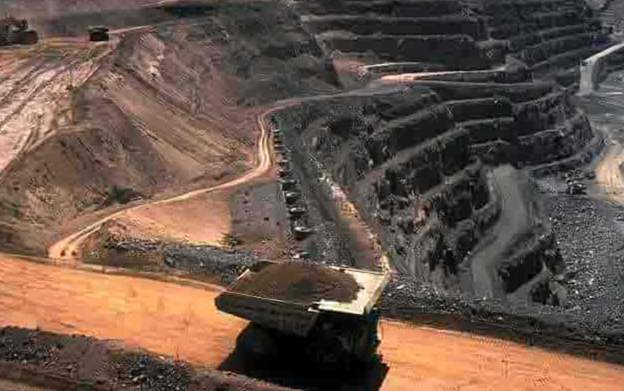There are many options for mining: underground, underground, and open-pit. These are the most common methods that we use to extract our products. In this Digging Deeper article, we will go into more detail about each method. Mining is Anglo American’s core business. It is the foundation of all our activities. It is vital that our mining activities are managed efficiently and intelligently.
First, we need to explore the resources before we can dig. Also, we need to plan our mining techniques in advance. This will ensure that everything is in place before we begin mining. Once all this is completed, we are ready to go. Which mining techniques are used to create our diverse range of products?
1. Open-pit mining
Open-pit mining is the most popular type of mining. Open-pit mining starts at the earth’s surface and exposes the surface for a duration. The excavation is stepped in to ensure safety. The ramp also has a ramp that allows the equipment to move on it. This allows the product to be removed quickly from the site.
When the ore bodies of the mine are larger and closer to the surface, open-pit mining is possible.
There are many benefits to open-pit mining:
- With powerful trucks and shovels, you can move large amounts of rock.
- Equipment is not limited by the size of the opening.
- Production is quicker
- Lower costs of mining mean that higher grades of ore are economically feasible.
2. Underground mining
Underground mining is an economical and safe method of extracting ore from below the surface. A way to go from the surface to an underground mine is through an adit or shaft.
Underground mining is possible when:
- The ore body is too thick for profitable mining from an open-pit mine.
- The cost of the materials is covered by the quality and grade of the orebody.
- Underground mining is cheaper than open-pit mining.
What is underground mining?
We use room-and-pillar, narrow vein stopping, and large-scale mechanized underground mining.
Room and Pillar’s Mining involve the driving of tunnels in a chessboard pattern. As the work progresses, there are large square pillars that are interspersed among the tunnels. These pillars are gradually removed. This is where coal is mined.
Underground, the narrow veins are stopped by geological “veins”, which are distinct, sheet-like bodies of crystallized minerals found in rocks. This is the place where the mineral was extracted. Underground mine stopping involves excavations to reach engine rooms, pump chambers and shafts, drives, or raises. This is how platinum can be mined.
The following methods are used for large-scale, mechanized mining:
- Longwall Mining is where coal is mined in one piece, usually by a large machine.
- Sub-Level Cave, where levels of the ore may be blasted using explosives
- Block caving is a method by which large areas can be blasted into the ore body and then extracted with gravity.
These three underground mining methods are used to mine copper, diamonds, or coal.
3. Underwater mining
If you find the product in an aquatic environment, such as the seafloor or ocean floor, then underwater mining may be required. This is a difficult task and requires an understanding of the local ecology. Underwater mining can be done using purpose-built vessels, remote-operated underwater machines, or drill technology. This is done at depths of between 100 and 140 meters below sea level. The Debmarine Namibia fleet has been at sea for approximately two and half years. They are based at Port Nolloth, on the northern coast of South Africa.
This post was written by Justin Tidd, Director at https://beckersmcusa.com/. For nearly half a century, Becker Mining has been at the forefront of mining electrical companies. Becker/SMC is the industry’s leader in increasingly more sophisticated electrical control systems. Most of the major innovations, design features, and specialized electrical components have been developed by Becker/SMC.


